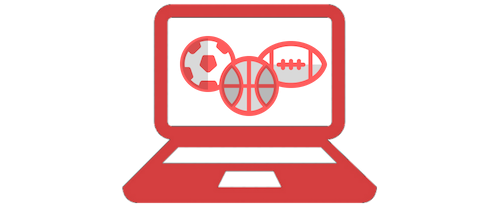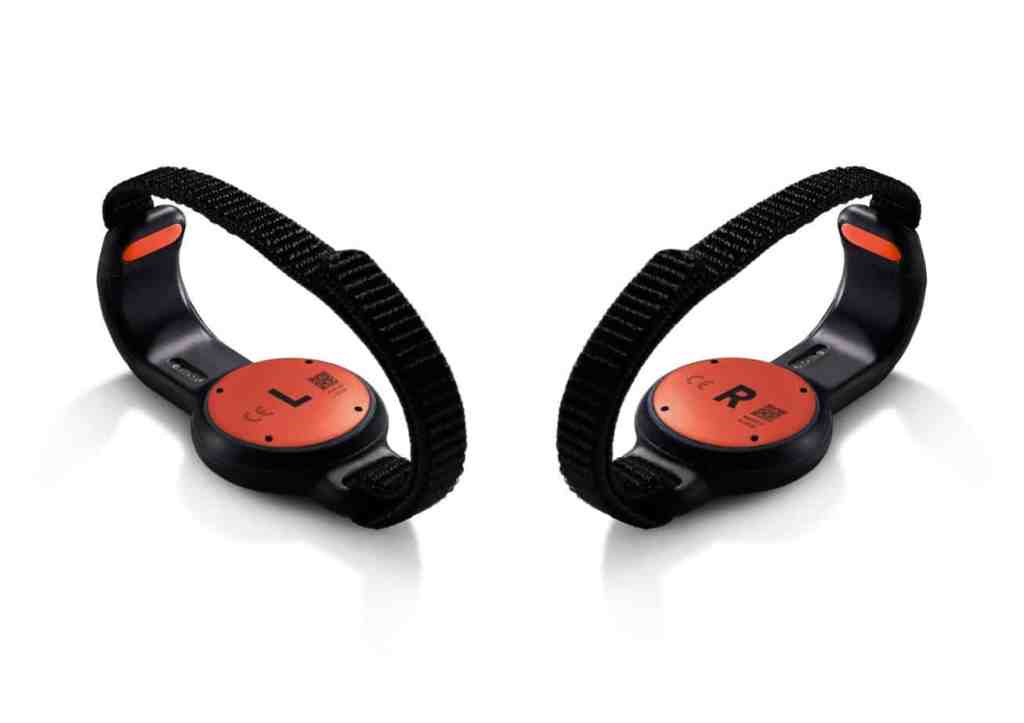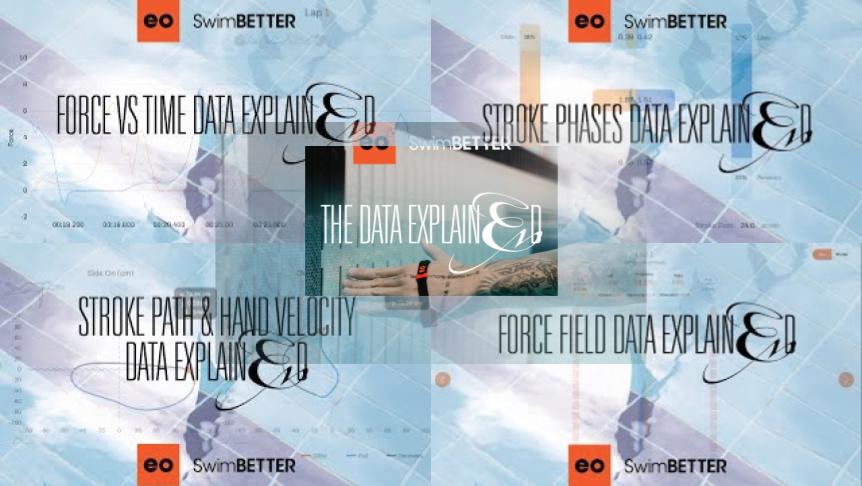Who Is eo And What Do They Do?
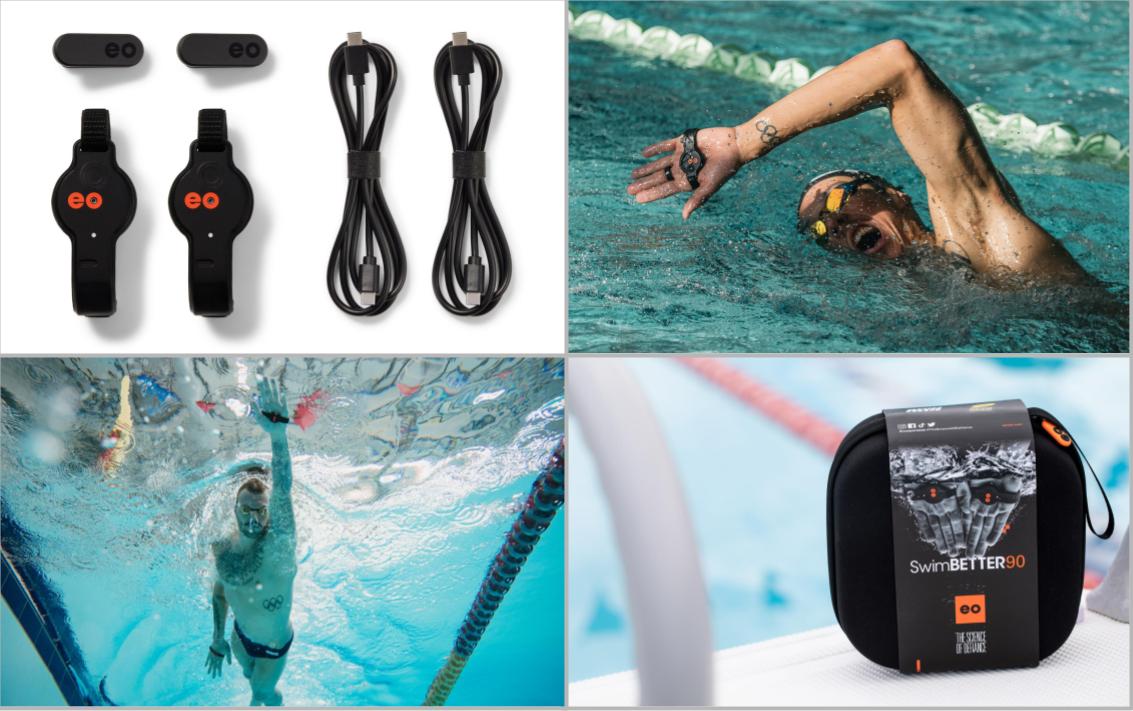
eo is a sports technology lab based in Sydney, Australia. They are a sports product startup deep into sports research and focused on developing evidence-based solutions that would benefit athletes. The team is made up of sports business executives, experienced tech leaders and seasoned sports clinicians, scientists and coaches. Their first product release was eo SwimBETTER, a unique wearable sensor that captures data of a swimmer’s motion (particularly the arms) as well as force data. Those data then translate to useful swim metrics such as stroke rate, total force per stroke, force field (or distribution), stroke path, hand velocity, stroke phases (glide, pull, recovery), and stroke path consistency. We previously did a brief cover of the sensors here – link. The product comes with an initial hardware cost (including 6 months of membership) and subsequent membership or subscription fees. Their pricing model is similar to smart (home) fitness/training equipment like Peloton, Tonal, Lululemon Studio (Mirror), etc.
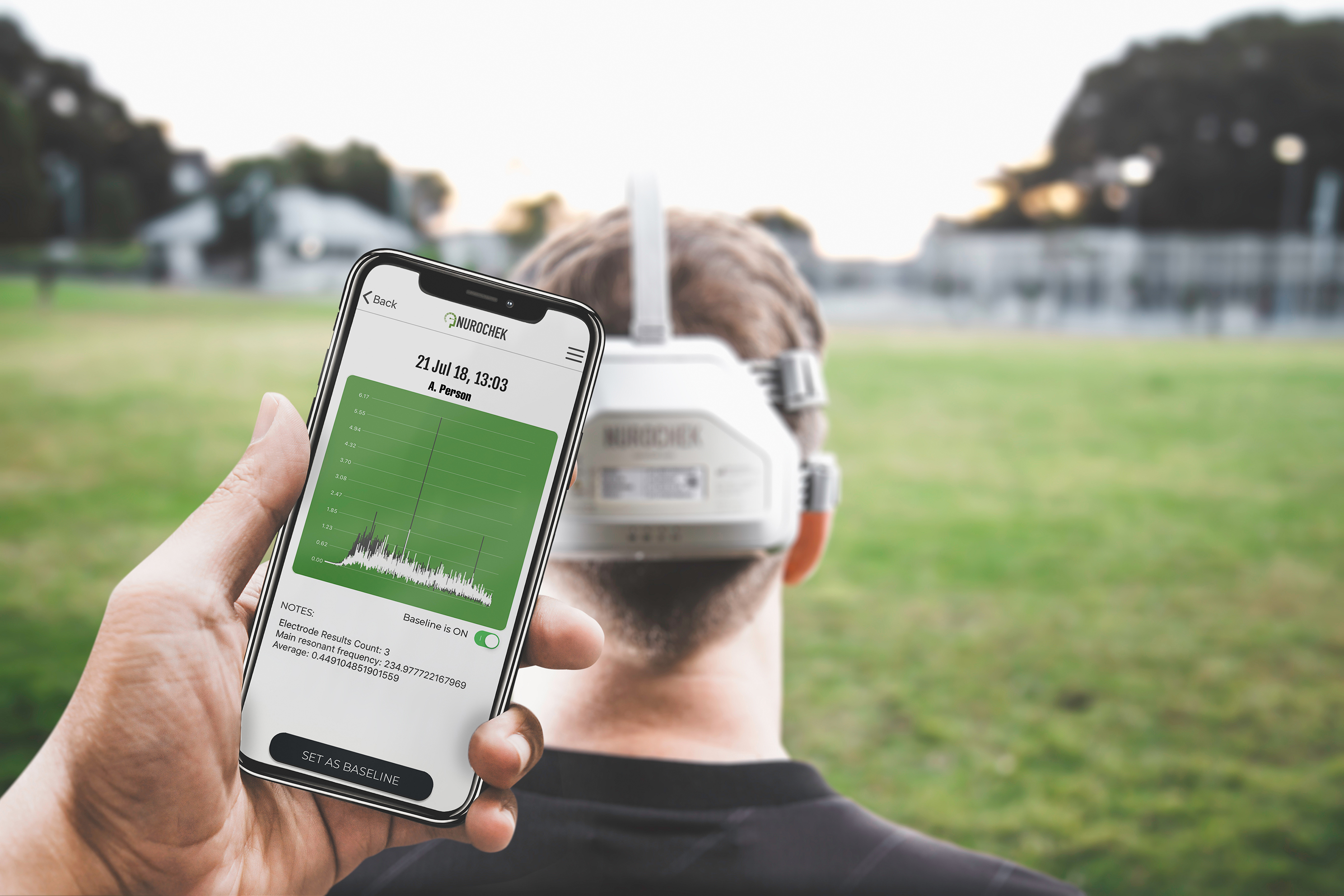
Besides eo SwimBetter, the team also looks into products or solutions that 1) improve athlete performance, 2) accelerate recovery and adaptation, 3) prevent injuries, and 4) aid rehabilitation. In some cases, the products are developed with other partners. For example, they worked with HeadSafe on eo NuroCHEK, a concussion diagnosis tool. It is a portable EEG headset that measures the Visual Evoked Potential (VEP) caused by visual stimuli from the goggles portion of the eo NuroCHEK system. Unlike most other concussion assessment tools, it is a completely objective neurological biomarker. It doesn’t rely on subjective analysis or require the athlete to do anything other than put on a headset and go through the assessment. Like eo SwimBETTER, NuroCHEK was designed with external design agencies and has picked up several design awards (including the Good Design Award).
The Why and How It Started?
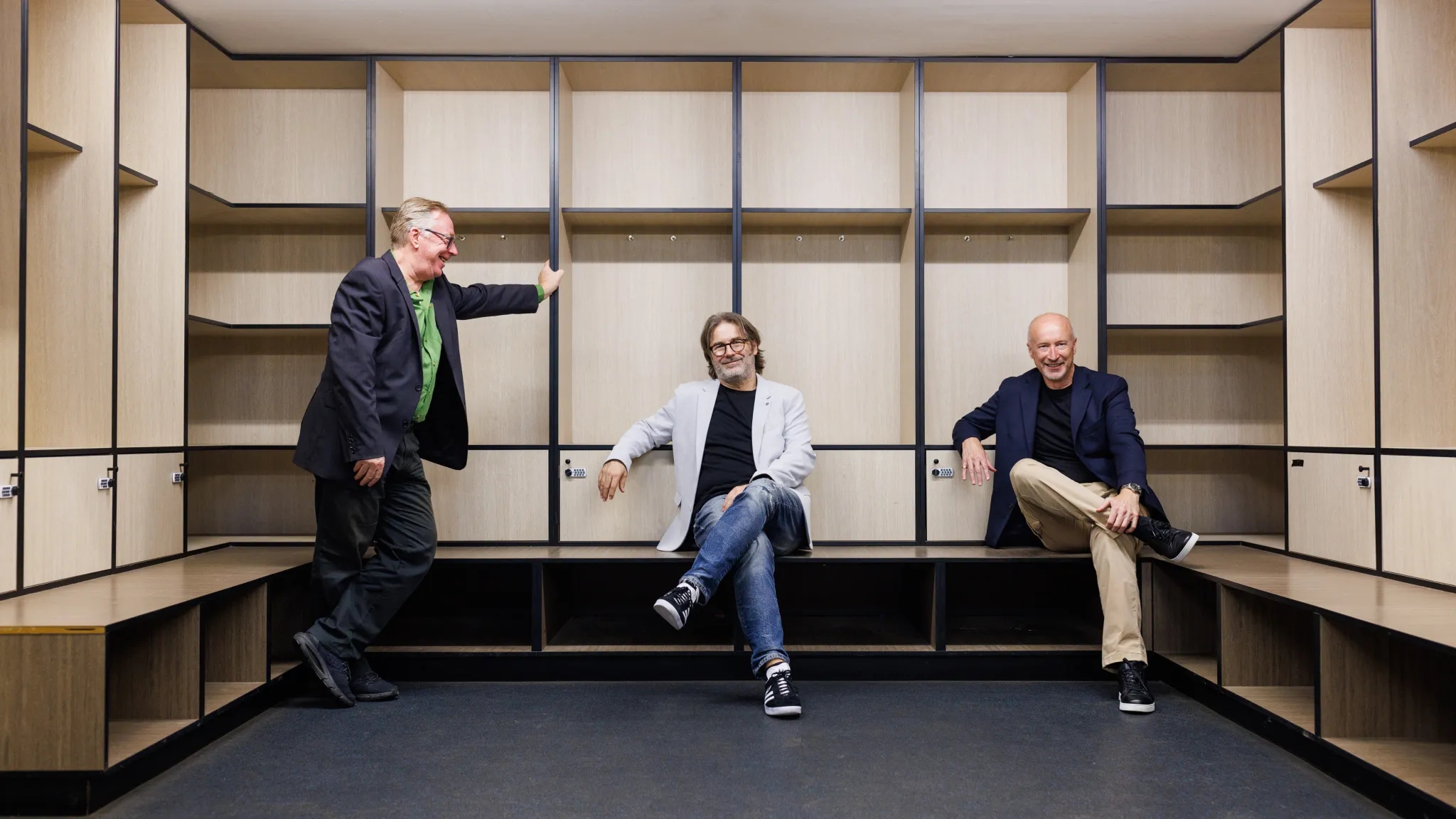
They were founded in 2020 by three veterans in sports science and sports business: Jaimie Fuller (former executive chairman of SKINS), Dr Kenneth Graham (former Principal Scientist at NSWIS), and Dean Hawkins (former adidas & SKINS executive). Jaimie had a vision of disrupting the sports industry with innovations that would bridge the gap between what athletes are doing now and what they could potentially achieve. He was told through various conversations that he had to reach out to Kenneth Graham. At that time, Kenneth had just left NSWIS and was planning to take a break. But a meeting with Jaimie made him realise the “break” will have to wait. Then, the choice of adding Dean to the team was pretty straightforward because Dean and Jaimie used to work together, and he had the right experience and connections to help steer a sports startup from a financial and organisational point of view.
Speaking to Kenneth, the decision to join the team was simple. Jaimie’s vision for eo is exactly what Kenneth has been practising for many years back when he was at NSWIS (New South Wales Institute of Sports). His role had always required forward-thinking – trying to imagine what the future could be like for athletes, identifying the gap and developing a way to take athletes and coaches forward. For example, one of Kenneth’s early challenges back in NSWIS was how to fast-track the development of divers. Was there a better way to teach divers to somersault, to condition them to spin more quickly while finding their balance and getting into position for entry? What he and the team came up with was the spinning chair. It has never been done before and no one knew how or if it will work. After a few prototypes, the final version was made. It is a solid, stable frame placed at ground level, with a rotating shaft in the middle, and the athlete (diver) is secured to the shaft and spun by the coach or trainer. The best way to visualise it is to see it in action in Melissa Wu’s Instagram post. It proved to be a success and what they thought would be a one-off product was subsequently requested and produced for other institutes.
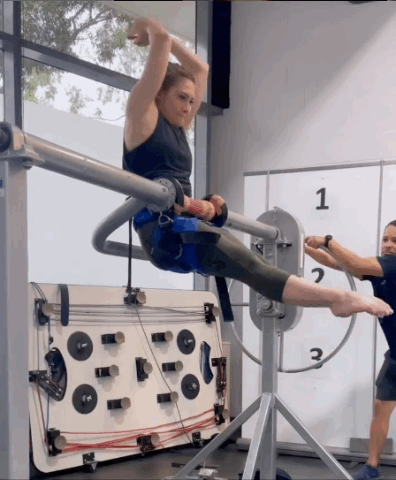
Jaimie initially had the idea of creating an ankle brace wearable device for professional athletes. However, once Kenneth had the chance to share his ideas accumulated over 25 years of experience as a sports scientist, a paradigm shift happened. The team’s view was broadened to greater possibilities. From there, a couple of imminent challenges that rose to the top of the list were: enhancing swimming performance and managing concussions in contact sports. And hence eo SwimBETTER was developed and eo NuroCHEK was added to their portfolio.
How it has been going.
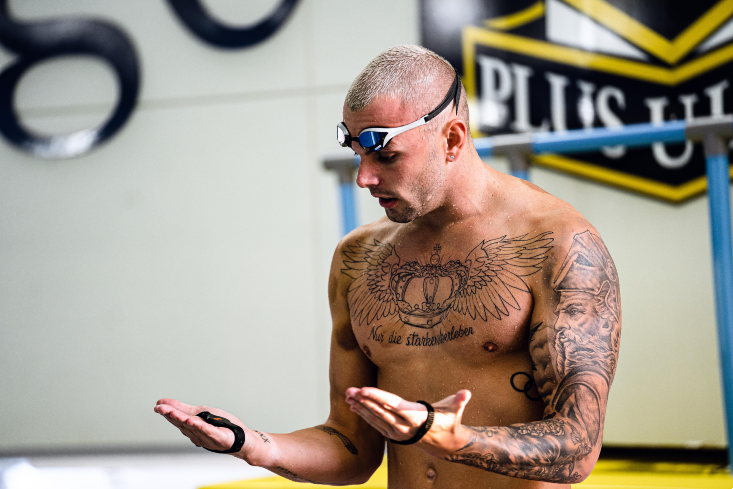
Funding and Development
Since they started in 2020, they managed to raise $2.5 million in seed funding the next year, followed by a Series A raise of $3 million in 2022. Besides getting financial backing, they were also backed by elite athletes (e.g. Kyle Chalmers, Vincent Luis), coaches (e.g. Olympic swimmer James Magnussen’s’ coach Brant Best) and professional sports teams like NRL team South Sydney Rabbitohs and A-League team Melbourne City FC.
Concurrent with raising funds was putting together a development team to turn their vision into physical innovations. Instead of trying to build a team from scratch, the founders recognised that they could tap into and collaborate with expertise within Australia (or in the US). They worked with Katapult Design, Outerspace Design and Boost Design separately for their industrial design and niche product development capabilities. These design consultancies already had a history of producing innovative sports/health technology products, which meant they could hit the ground running and get things moving quickly.
Launching eo SwimBETTER
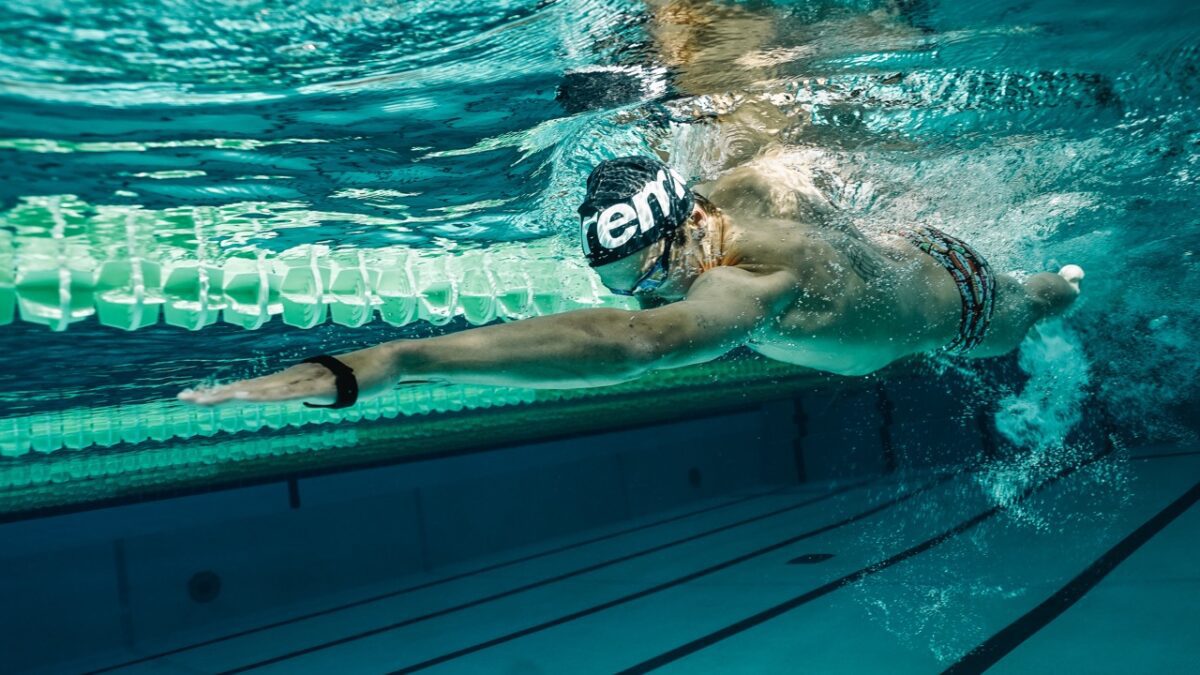
With all three founders each having a wealth of connections and networks in the sports industry, it did not take long for them to spread the word about the game-changing innovation of eo SwimBETTER. Whether it was connections with university researchers, sports institutes around the world or college swim coaches, they were getting their handsets onto the palms of swimmers and coaches. Before long, they were getting buy-ins. Orders for second sets started to come through. Users were deep into their swim data, and coaches were seeing the benefits. What follows is feedback to the development team on what could be better regarding user experience. For example, an initial ‘orientation process’ was required when the swimmer got into the water with the handsets. It was confusing for some users and frustrating for those who forgot to do that initial step. The development team implemented some better ‘smarts’ and removed that requirement, simplifying the start of the tracking process.
Educating Users
eo recognise that their role is not to “teach” the athlete the “correct” technique or form. Instead, it is to provide objective data, and in the case of eo SwimBETTER, a swimmer’s motion, speed and force data. The handsets and user platform are tools for biomechanists and coaches to easily evaluate what a swimmer is doing based on what is captured and presented on the dashboard. As with any tool, there are lots of features, tips and tricks to maximise the value of the tool. So, they have invested in creating resources in the form of documentation and online videos to guide users in their journey. From explaining dashboard basics to looking at stroke rate and force data, syncing data with video, and managing and sharing data. Their YouTube channel is a trove of explainer videos and case studies from which athletes and coaches can benefit. Also, for those who are on the fence about their product, watching these videos will give them the information they need to decide whether it is for them.
eo NuroCHEK

NuroChek, their concussion diagnosis tool, has been undergoing clinical trials since it was developed. By the end of 2023, it was cleared by the U.S. Food and Drug Administration (FDA). This is a huge milestone, and it means they can start marketing and selling their solution in the US, where concussion is a big problem among the different contact sports, including Gridiron football, (Ice) Hockey, Basketball and Lacrosse. Closer to home, the four NRL teams are trialling eo NuroCHEK, and eo is in discussions with the NRL about implementing this innovation as part of concussion protocols. They are working towards regulatory approval (TGA and CE) to be available in the ANZ and the EU.
What’s next.
Following the successes of eo SwimBETTER and eo NuroCHEK, what is eo working on next? From our conversation with Kenneth, it is evident that this is just the beginning. As alluded to earlier, they are helping HeadSafe take eo NuroCHEK to the world and getting approvals one regulatory body at a time. With eo SwimBETTER, they know that collecting data from the palm is the most helpful piece to the puzzle. Saying that they are also exploring the possibility of additional sensors on the torso or feet/legs to track things like the pitch/roll/yaw of the swimmer and kick frequency. On top of that, continually educating end-users is always their priority.
Other projects/challenges they are working on include an adjustable ankle brace with side-specific support and a sweat patch for monitoring sweat and electrolyte loss. The ankle brace was one of Jaimie’s kickoff ideas for eo, and they are just ‘brewing’ it and ensuring things are all aligned before they take it to the next stage. The sweat analysis patch is being developed in collaboration with the CSIRO and is currently in the prototyping stage. Understanding sweat loss (the rate and what is lost) during exercise can guide athletes on when and what to drink so it helps them perform optimally.
Apart from that, eo is continually exploring and researching (beyond) the boundaries and where they can help athletes make progress. Needless to say, we can expect great things to come out from this team of “defianists” (people who practice the science of defiance). If you would like to keep up to date with what they are working on, you can follow them on LinkedIn, Facebook, Instagram, or X. Finally, I leave you with this short video of Jaimie Fuller talking about starting eo. Thanks for reading!
